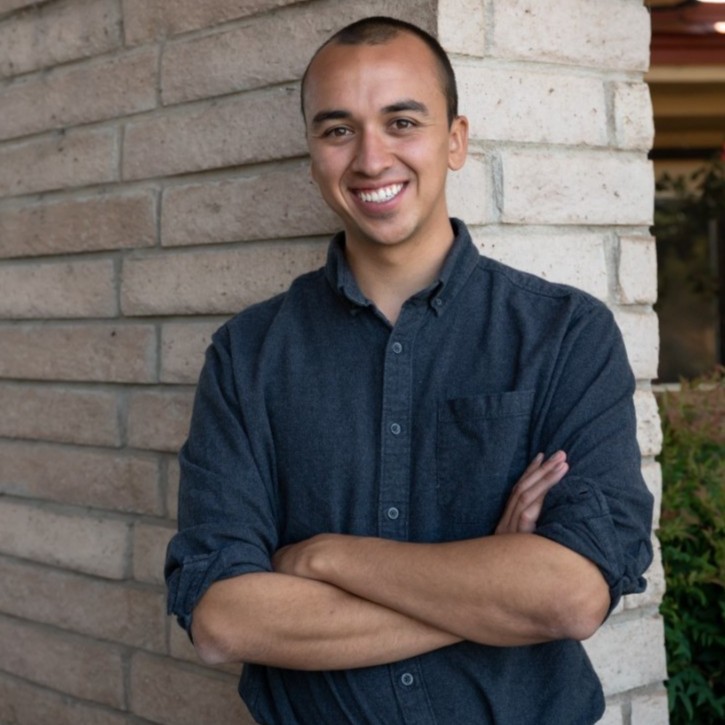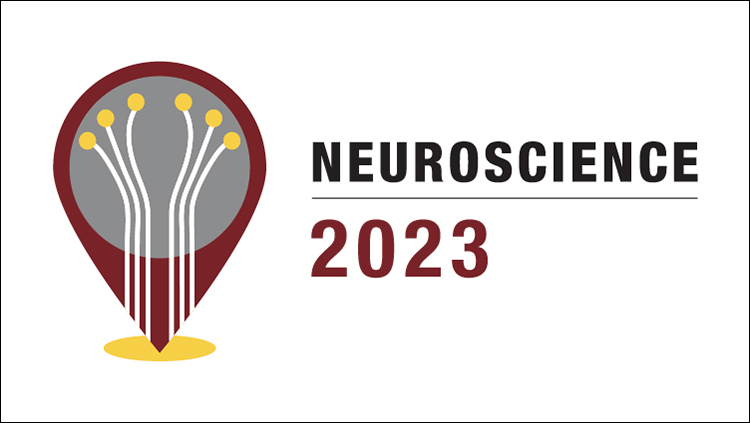Inside Neuroscience: Decoding Brain Activity Through Neurotechnology
Neurotechnology — the union of neuroscience and technology — holds promise as a way to decode and correct brain activity in disorders like amyotrophic lateral sclerosis (ALS), traumatic brain injury, and stroke.

Leigh Hochberg
Referencing a quote often used by advocates for people with ALS, “Until there’s a cure, technology is the cure,” said Leigh Hochberg, director of the Department of Veterans Affairs Rehabilitation Research and Development Center for Neurorestoration and Neurotechnology, director of the Center for Neurotechnology and Neurorecovery at Massachusetts General Hospital, engineering professor at Brown University, and moderator of a Neuroscience 2022 press conference titled, “Neurotechnology: The Next Frontier of Medical Treatment.”
There are two main classes of neurotechnology, Hochberg explained: decoders and stimulators. Decoders record activity from a relevant brain region; the intention to move or speak can be extracted from that activity and used to power an assistive technology like a tablet computer, or an implanted neuromuscular stimulator for limb movement. Stimulators, on the other hand, attempt to correct neural activity and function through electrical stimulation. Both aim to recover lost abilities to the patients who need it most.
Restoring Communication
Communication is a major challenge for people with paralysis and locked-in syndrome. This severe level of paralysis can affect stroke and ALS patients, cutting off their control of everything except the muscles around their eyes. Researchers hope to use neurotechnology to give these patients an easier way to communicate with the world.
One paralyzed patient, Pancho, has not been able to speak for more than 15 years after a car accident caused a stroke in his brainstem. While he is not locked in, his limb and vocal paralysis is severe. He communicated by using his residual neck movements to move a pointer attached to his hat and tap out letters, one by one, on a computer screen. Researchers at the University of California, San Francisco developed a brain-computer interface to record activity from Pancho’s speech motor cortex, a brain area involved in speech production.
Pancho silently “said” words from the NATO phonetic alphabet (alpha for “A,” bravo for “B,” etc.) by trying to move his mouth and produce the NATO code word. To spell out a word or sentence, Pancho would produce the corresponding NATO code words sequentially. A machine learning algorithm with a 1,000-word vocabulary then decoded what Pancho wanted to say with a real-time character accuracy of 94%. He could share 29 characters per minute, while his pointer method allowed only 17 characters per minute.

Sean Metzger
“I think this is a big step towards bringing speech brain computer interfaces closer to clinical viability,” said Sean Metzger, PhD candidate and presenting author. “You can now express much more with it.”
While this is a vast improvement over Pancho’s previous communication method, the physical attempt to say each word can be tiring.
Researchers at the California Institute of Technology took this type of neurotechnology one step further by decoding the word a tetraplegic was thinking, instead of what they were trying to say. This time, the brain-machine interface recorded from the posterior parietal cortex, an area involved in movement, speech, and attention. The participant, a bilingual tetraplegic, read a word on a screen and thought of that word after it disappeared from the screen. Then an algorithm decoded the participant’s brain activity to detect which word they were thinking.

Sarah Wandelt
Out of an eight-word vocabulary, the algorithm decoded the word with 91% accuracy. The algorithm was also successful at predicting words in Spanish. “Obviously, we still have a small vocabulary, but this is something that is a nice proof of concept,” said Sarah Kim Wandelt, PhD candidate and presenting author.
Boosting Therapy
Post-traumatic stress disorder patients often experience relief from their traumatic memories through exposure therapy. This treatment targets and weakens the traumatic memories by creating new associations; the patient’s brain learns that talking about the trauma poses no threat or danger.
Even though exposure therapy helps, it often takes a long time to work, and relapse is common. Stimulating the vagus nerve, which controls involuntary body functions like heart rate, digestion, and mood, may speed up the outcomes of exposure therapy.

Christa McIntyre
Researchers at the University of Texas at Dallas taught rats to fear a tone by pairing it with an electric shock. The animal eventually freezes whenever the tone plays, even if it doesn’t get shocked — just like PTSD in humans.
“We can model exposure therapy by presenting the tone over and over again without the shock, until eventually they stop freezing in the presence of the tone,” said Christa McIntyre, associate professor of neuroscience and presenting author. “And so we presume they've learned that the tone no longer signals a foot shock is coming.”
When the researchers stimulated the vagus nerve during the “exposure therapy,” the rats learned to stop fearing the tone faster and the new memory lasted longer. A clinical trial is currently testing if vagus nerve stimulation has the same benefits for PTSD patients undergoing exposure therapy.
Neurotechnology For All
These varieties of neurotechnology aren’t quite ready to be used outside of the lab or clinical trial, but knowledge gleaned from each study brings the field closer to that goal.
“The machine learning approaches that are now being deployed, actually are making it much more possible for a fairly standard computer — not a supercomputer of any sort, but a standard computer — to be able to do some of this real time decoding,” moderator Hochberg said, “which will eventually enable portable, simple technologies to be used by the people who are going to benefit from them.”






















